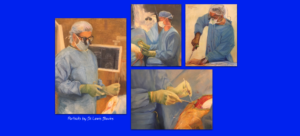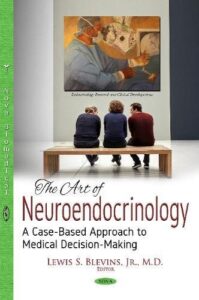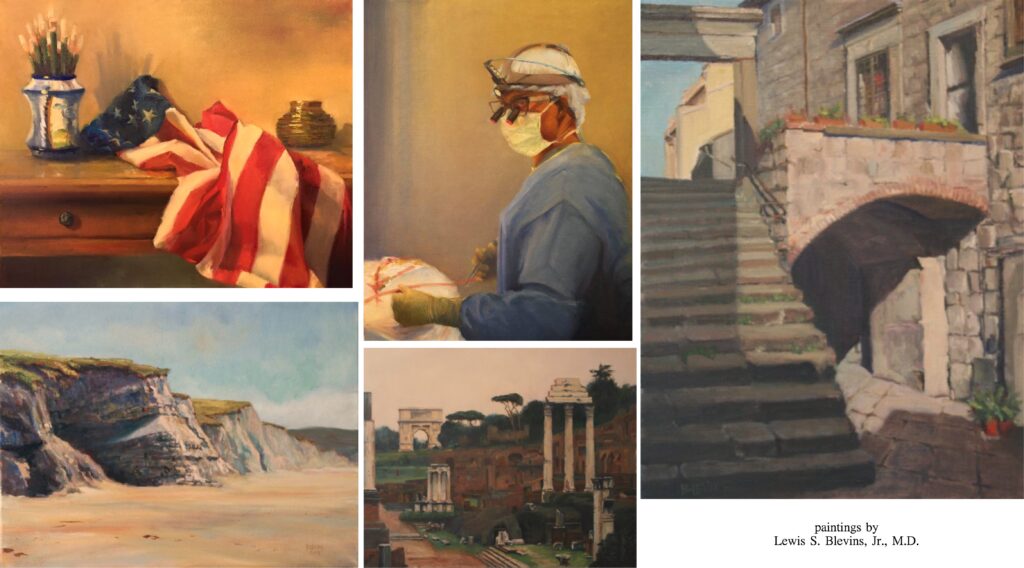From the desk of J D Faccinetti, cofounder – Creativity is a beautiful thing. We all have it. We all want it. Some find it easier to do, others not so much. Regardless, if you want to be good at anything and also be creative, all you have to do is work at it.
In the past ten years, I’ve had the opportunity to meet outstanding pituitary specialists, scientists, and neurosurgeons from all walks of life and around the globe. They are all superb scientists, researchers, and clinicians, and without exception, they are also among the most creative professionals I have ever had the privilege to work with. And having spent time in the creative mekas of the communications world, I can assure you I know what I’m talking about. I believe creativity in pituitary medicine is essential. To explain it, I ventured into AI to get a definition of creativity. As you may imagine, there are as many definitions, but this one, I thought, was right on the money.
” Creativity refers to the ability to generate new and original ideas, solutions, or expressions that are valuable and meaningful. It involves innovatively connecting and combining existing knowledge, skills, and experiences to produce something novel and unique.”
Not bad. In my mind, creativity is about innovation and problem-solving. Interestingly, some of the critical characteristics of creativity listed below – which, apart from risk-taking, as interpreted in the medical world – are descriptive of a great pituitary expert.
1. Originality: Creativity involves producing ideas or expressions that are new and unique, departing from established patterns or conventions.
2. Fluency is the ability to generate many solutions, often through divergent thinking, without being limited to a single approach or solution.
3. Flexibility: Creativity requires being open to different perspectives, approaches, and possibilities. It involves the willingness to explore alternative paths and adapt to changing circumstances.
4. Risk-taking: Creativity often involves venturing into uncharted territory and embracing uncertainty. It requires the courage to challenge existing norms and experiment with new ideas.
5. Problem-solving: Creativity plays a crucial role in problem-solving by enabling individuals to approach challenges from unique angles and develop innovative solutions.
6. Persistence: Creative endeavors often require perseverance and resilience despite setbacks and failures. It involves a willingness to iterate, refine, and improve upon ideas or expressions over time.
7. Interdisciplinary thinking: Creativity often thrives at the intersection of different fields or domains, where ideas from one area can inspire innovations in another. It involves connecting seemingly unrelated concepts or knowledge to create something new.
 Case in point, PWN, cofounder and medical director of the California Center for Pituitary Disorders at UCSF, Lewis Blevins, M.D., is also a very talented artist, as you can see from the visuals in this article.
Case in point, PWN, cofounder and medical director of the California Center for Pituitary Disorders at UCSF, Lewis Blevins, M.D., is also a very talented artist, as you can see from the visuals in this article. This PWN article from 2018, “Art in the OR,” about taking his creativity into the OR (operating room) as aspiring neurosurgeons work on their crafts, will give you another glimpse at his talent. If you ask him, he will tell you he is still perfecting his techniques to apply them creatively. And if you want to see more of his diverse portfolio, visit his site at California Paintings. Stay tuned for more on creativity in pituitary medicine from Dr. Blevins, and if you want to read more about his work in medicine, read this PWN article on his book “The Art of Neuroendocrinology,” published by Nova Biomedical.
This PWN article from 2018, “Art in the OR,” about taking his creativity into the OR (operating room) as aspiring neurosurgeons work on their crafts, will give you another glimpse at his talent. If you ask him, he will tell you he is still perfecting his techniques to apply them creatively. And if you want to see more of his diverse portfolio, visit his site at California Paintings. Stay tuned for more on creativity in pituitary medicine from Dr. Blevins, and if you want to read more about his work in medicine, read this PWN article on his book “The Art of Neuroendocrinology,” published by Nova Biomedical.
© 2023, Pituitary World News. All rights reserved.
